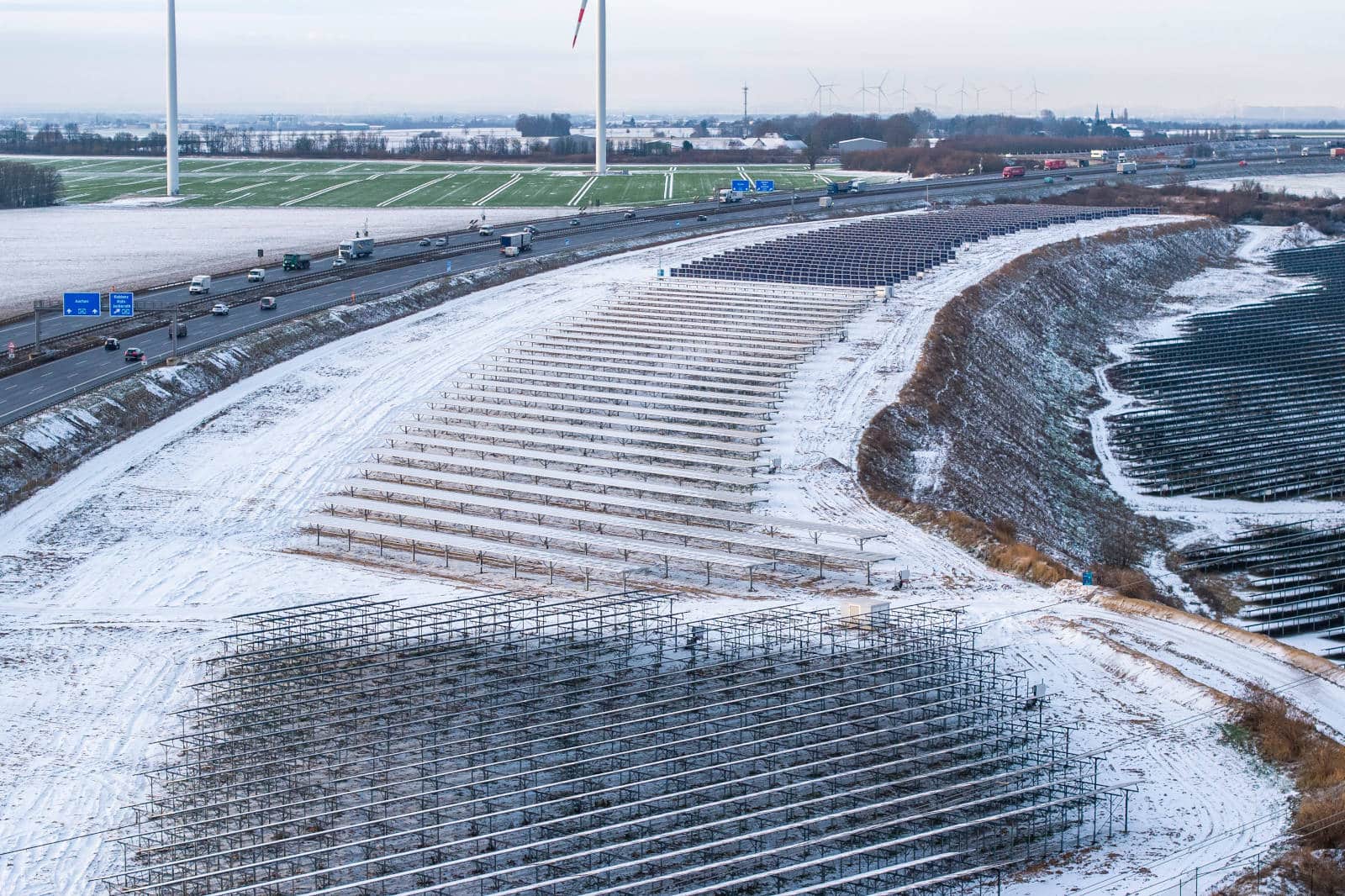Key Takeaways:
- RWE’s Agri-PV plant has started supplying green electricity in North Rhine-Westphalia, Germany.
- The plant, constructed in five months, is situated on seven hectares of recultivated land near the Garzweiler opencast mine.
- It aims to explore the coexistence of solar power generation and agriculture.
- The project involves three unique Agri-PV configurations for diverse crop cultivation.
- Supported by two research institutes, the project is part of the progres.nrw climate and energy transition program.
RWE Inaugurates Agrivoltaic Plant in Germany
Introduction of Agrivoltaics in Germany
RWE, a major energy company, has recently operationalized an agrivoltaic (Agri-PV) plant in North Rhine-Westphalia, Germany. This facility represents an emerging trend of combining agriculture with solar power generation.
Construction and Location
Constructed in five months, the plant is located on about seven hectares of land previously subjected to recultivation adjacent to the Garzweiler opencast mine. This location choice reflects a blend of renewable energy production and land restoration.
Research Goals and Funding
The primary objective of this project is to research integrating solar energy generation with agricultural practices. This research, set to span at least five years, will commence with planting the first seedlings in the coming spring. The initiative is part of the progres.nrw program, a state-funded effort in North Rhine-Westphalia focusing on climate protection and energy transition. The project gains academic support from the Institute for Plant Sciences at Forschungszentrum Jülich and the Fraunhofer Institute for Solar Energy Systems.
Technical Features of the Plant
The Agri-PV plant, with a peak capacity of 3.2 megawatts, integrates three distinct technical solutions. These include fixed and vertically mounted solar modules, movable modules tracking the sun, and elevated modules under which shade-tolerant crops can be grown. This configuration variety maximizes solar energy yield while accommodating different agricultural practices.
Crop Cultivation and Compatibility
The plant is set to cultivate various crops such as alfalfa, broad beans, forage grass, cereals, sugar beet, potatoes, and vegetables. The arrangement of the solar modules is carefully planned to allow space for agricultural machinery, ensuring that the dual use of the land does not hinder farming activities.
Monitoring and Adaptation
An important aspect of this project is the ongoing observation of how plant growth interacts with photovoltaic technology under different weather conditions. This monitoring aims to optimize the balance between solar energy efficiency and agricultural productivity.
Image provided by RWE



1 Comment